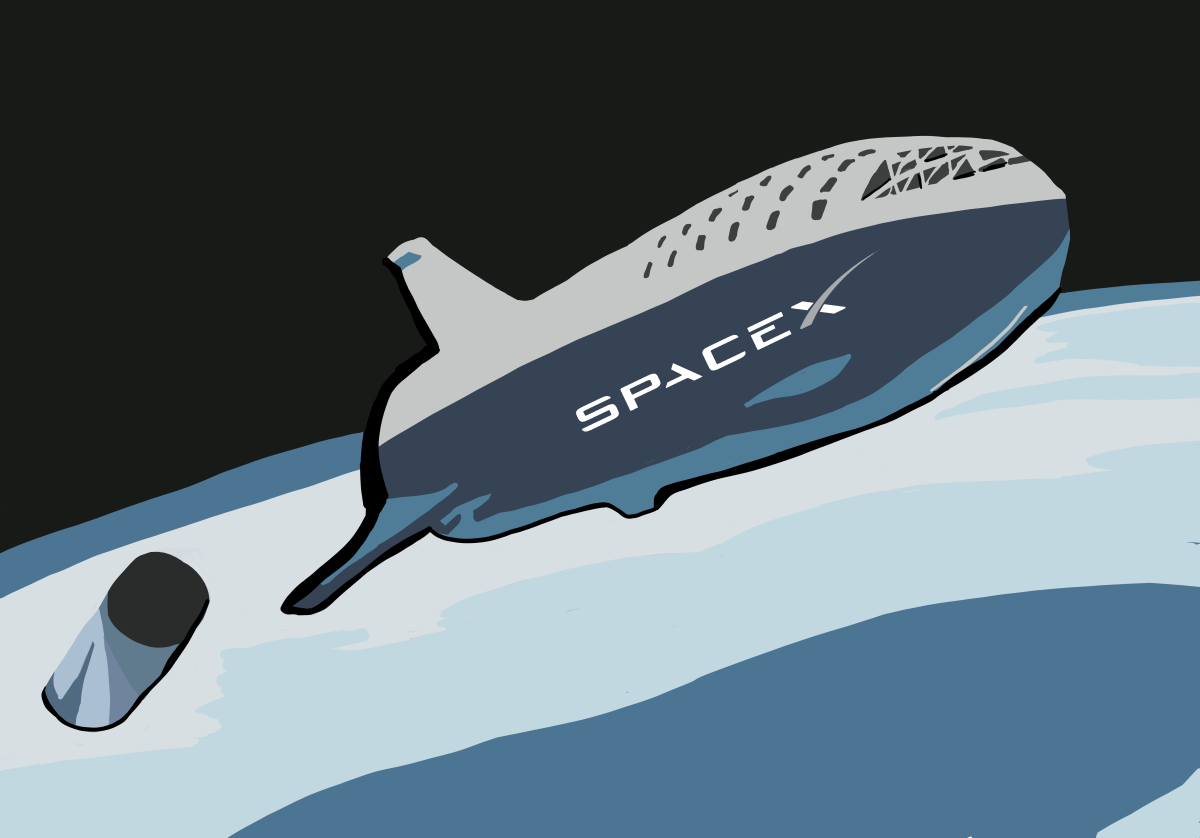Privatization of space exploration is the way of the future
On Oct. 7, SpaceX, an American aerospace manufacturer owned by Elon Musk, celebrated the first time a vehicle of theirs made a near flyby of Mars.
This was the first time a private corporation’s vehicle made such a close approach to the red planet. The flyby marks yet another historic milestone for the California-based company, which, over the past year, has made strides in the private spaceflight industry.
Earlier this year, SpaceX sent human astronauts to the International Space Station in a rocket from a private corporation for the first time in history. The launch, which was the first to depart from U.S. soil in almost a decade, ignited the beginning of the era of privatized spaceflight. The privatization of the space industry will push forward research and innovation.
An argument often made against privatizing the space industry is that it destroys the spirit of space travel and exploration. Some argue that privatization will lead us down a road in which only the wealthy can travel to the stars and that human greed will follow them. This is simply not true.
In the coming years, commercial space travel might become a reality for the super wealthy that can afford multi-million dollar trips around the moon, but these sorts of luxurious excursions provide us with exactly what the space industry needs: funding.
NASA, an agency of the U.S. federal government, has, until recently, been the primary vehicle for the advancement of aerospace research and space exploration programs in the U.S. As a part of the federal government, NASA is given its funding from the federal budget passed each year by Congress.
Since the end of the Space Race in the 1960s, the percentage of the federal budget allocated to NASA has decreased markedly. Although NASA’s budget has been around $15-20 billion in the past 10 years, it is simply not enough to fund missions that would develop technology fit to send human beings to space again.
Rather than investing in the development of its own novel technologies, NASA is using its funding to pay for contracts with private corporations that develop technologies for them. These private entities have access to funding outside the federal budget and therefore have greater resources for their research. Expanding the space industry to private markets opens up a virtually unlimited amount of funding for research and exploration missions. This means that funding for spaceflight no longer has to be bounded by half a percent of the U.S. federal budget.
Private corporations like SpaceX have already proven themselves more than capable of succeeding NASA’s legacy. In addition to already sending astronauts to space, they’ve produced innovative solutions that have made spaceflight more affordable and more eco-friendly, they’ve carried telescopes and satellites to orbit around the earth and they are preparing for humanity’s first manned mission to Mars. Without the help of private corporations, none of this would have been possible.







































